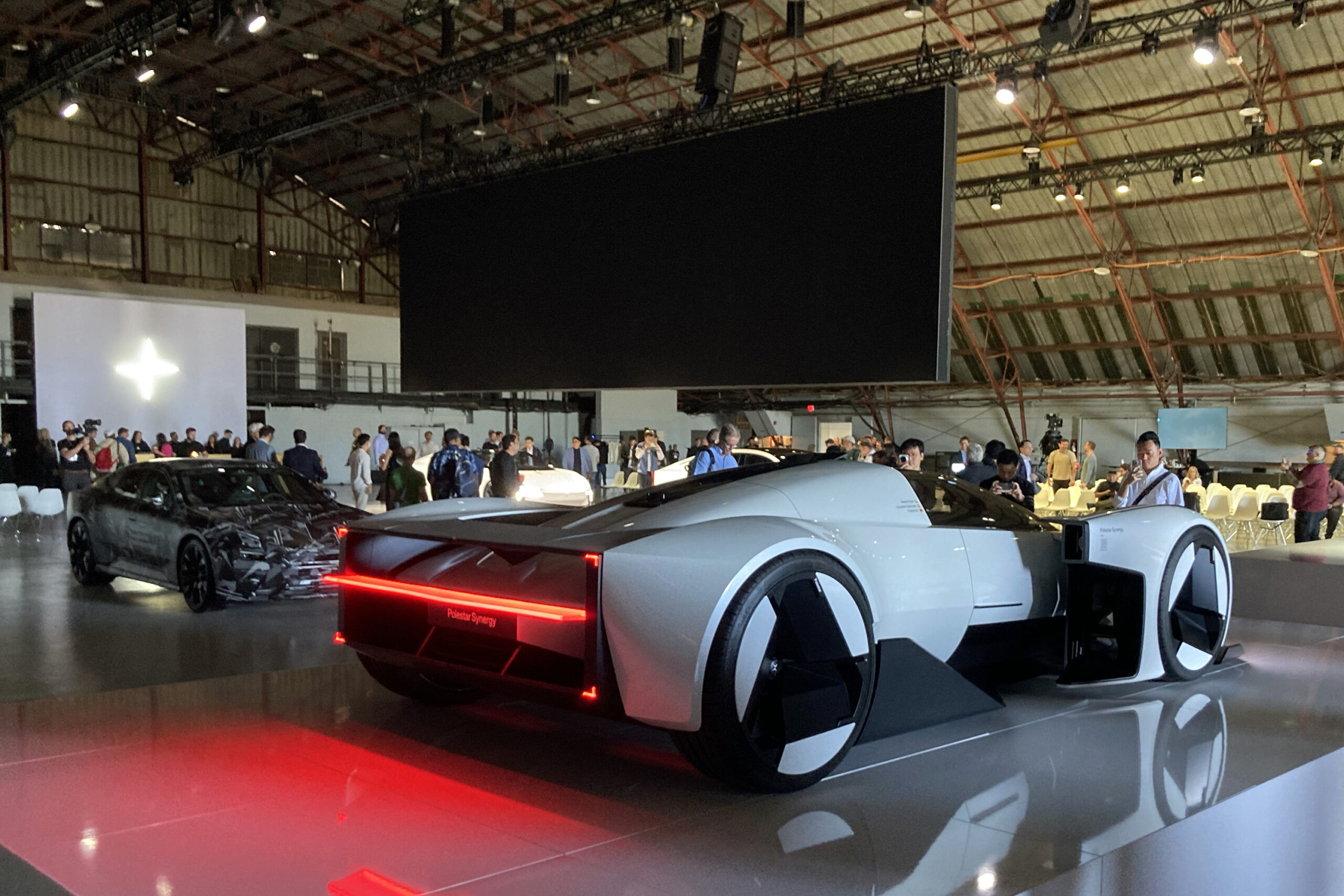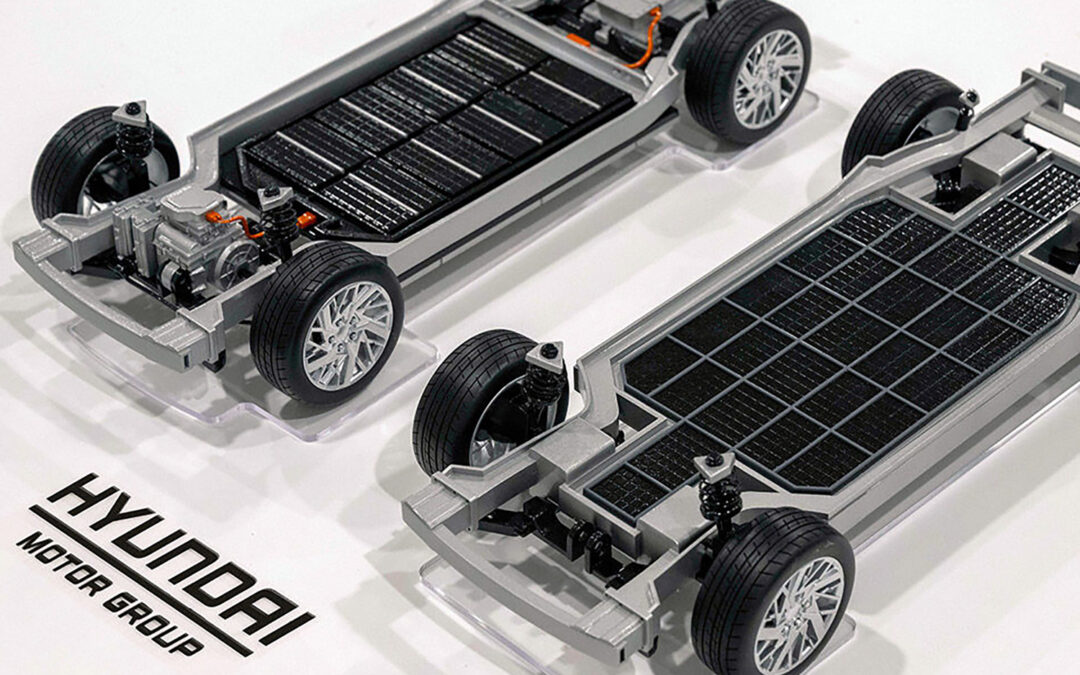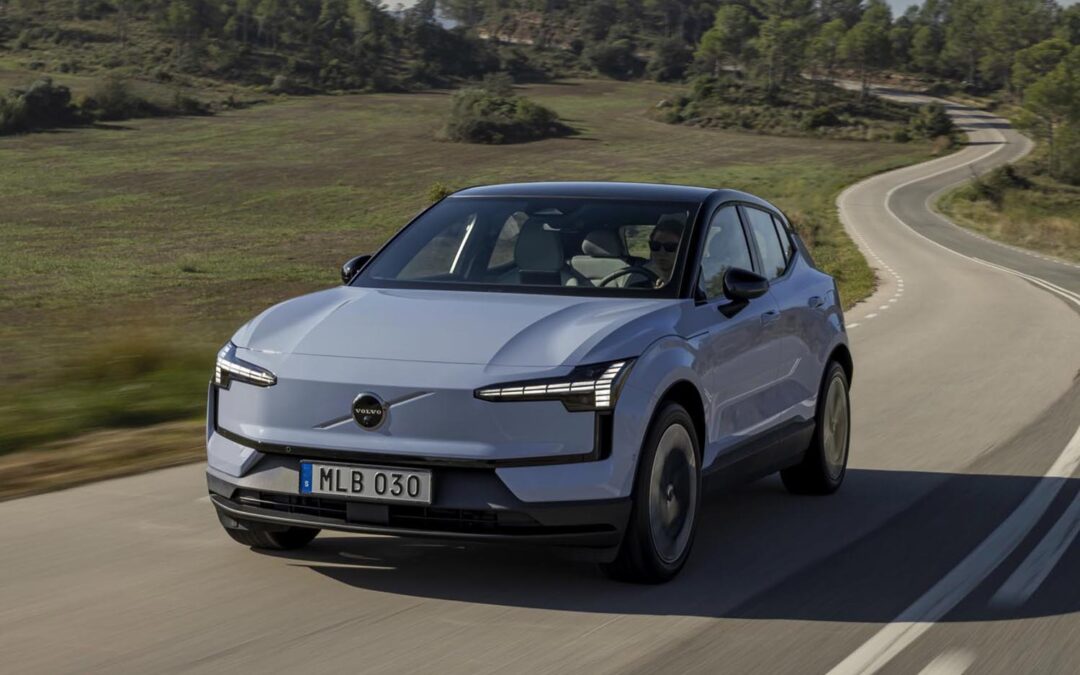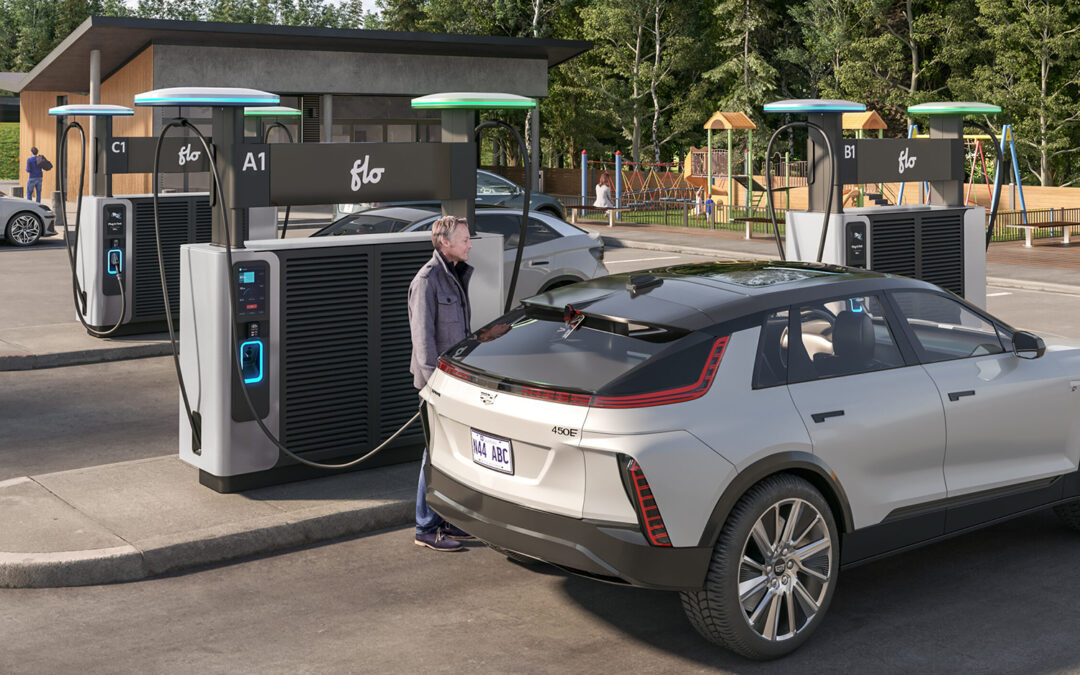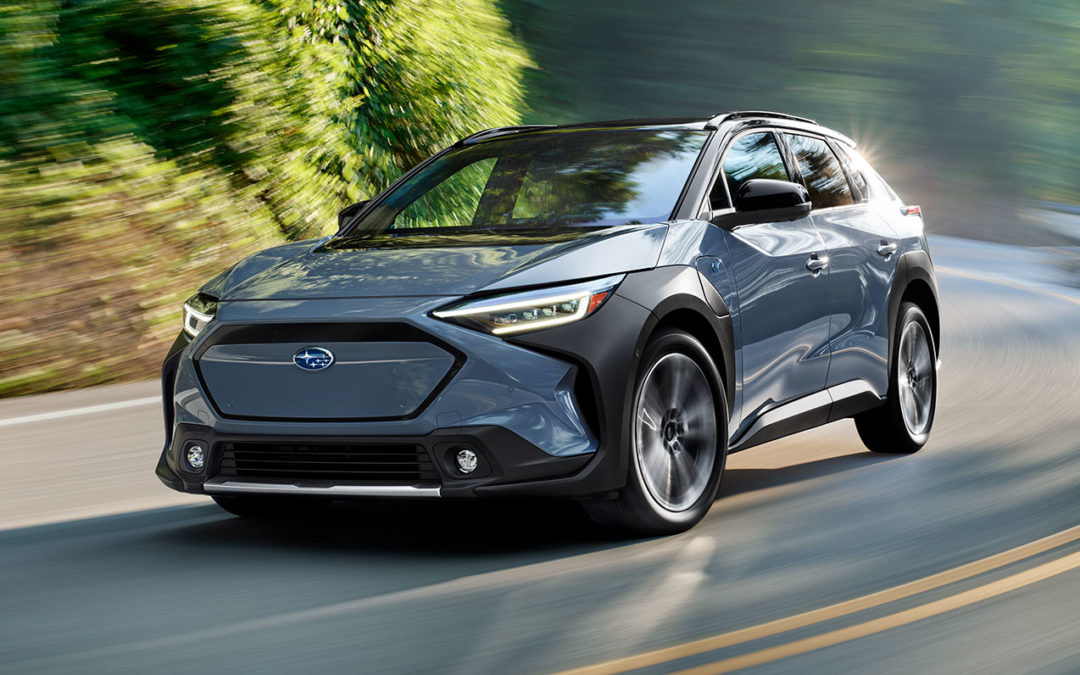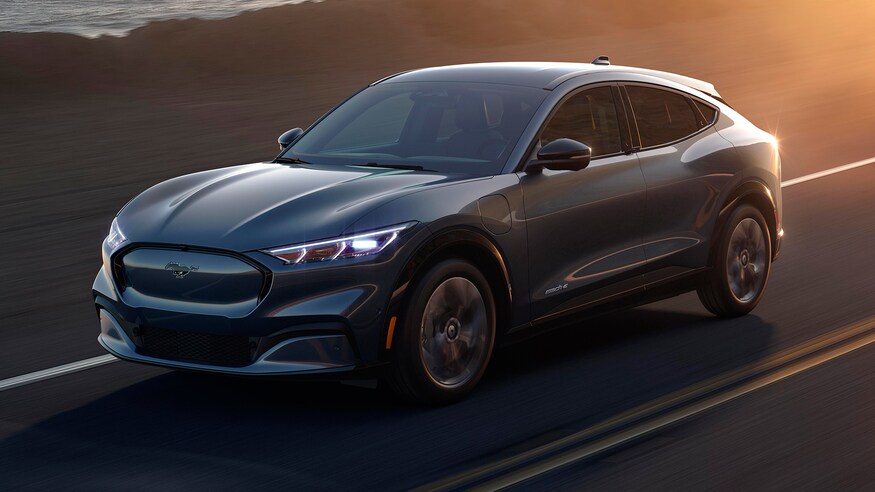As the saying goes, “It takes a village … .” While that would normally refer to raising a child, as a relatively newborn automaker itself, Polestar takes that saying to heart. More than most other car brands, it not only actively seeks out technology partners for its vehicle development, it celebrates the collaborations.
That celebration is evident here at the inaugural Polestar Day, at the giant Barker Hanger in Santa Monica, Calif. The brand has its full lineup of current and future vehicles on display, including the Polestar 2, 3, 4 and 5, the Precept concept, the Roadster concept, and even the wild Synergy sports car concept. But here, it’s not just about the cars; partner companies such as StoreDot (a battery innovator), Luminar (a LiDAR developer), and Mobileye (an autonomous driving company), among others, are all given airtime to explain the contributions and collaborations they have with Polestar, all on an equal footing with the EV brand’s own tech experts.
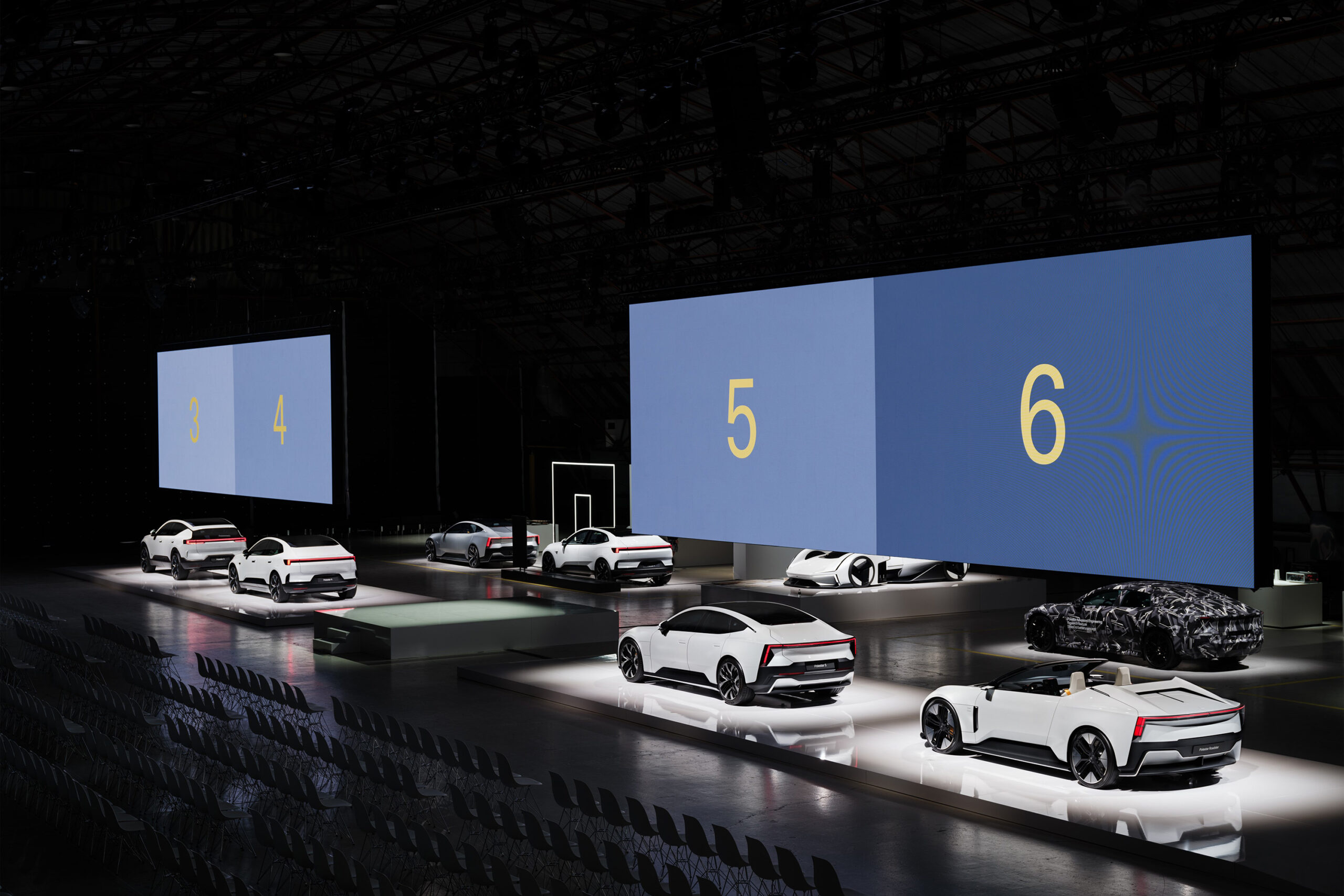
Polestar Day in Santa Monica, Calif.
Speaking with anyone at Polestar, from CEO Thomas Ingenlath all the way to company engineers, tech leaders, and other employees, these partnerships are integral to the automaker’s plans not just for more advanced cars, but also to its goal of producing a zero-carbon vehicle by 2030. As a new-ish automaker not encumbered by a legacy of doing things one way, it embraces other companies for their specializations, research, and development to help advance its own goals. After all, why reinvent the wheel when someone else is doing it already?
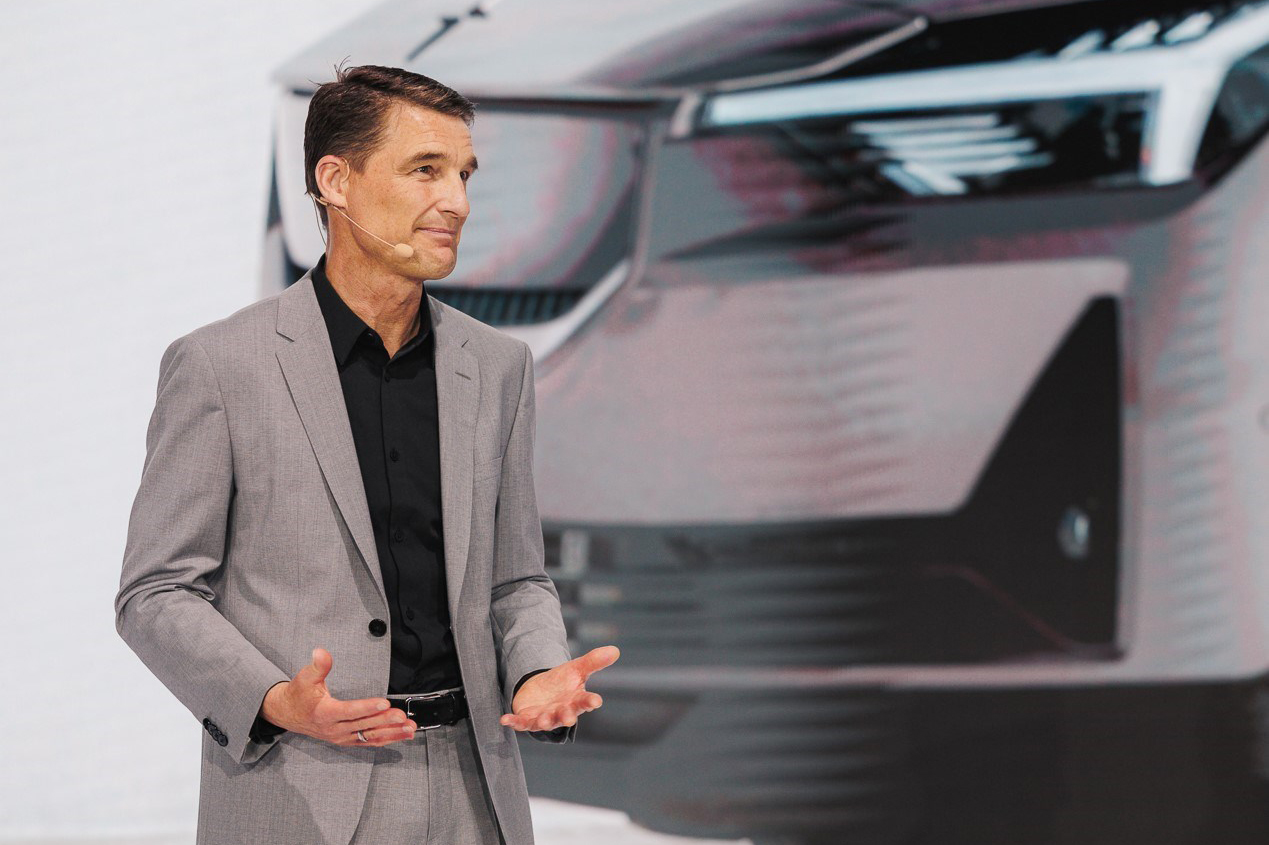
Thomas Ingenlath, CEO of Polestar
“I think this event is a little sign of what I consider the key for the competitiveness of a car brand in the future,” says Ingenlath. He’s giving a talk along with representatives from Luminar and Mobileye on the brand’s upcoming autonomous driving technology, but the Polestar CEO takes the time to point out how important these kinds of collaborations are to the automaker.
“We never approached Polestar from the idea that we invent everything. From day one, we were very proud about the people that we’re working with, the companies that we’re working with, and how we can create that great product together. Getting competitive experts in that way is the key for survival.”
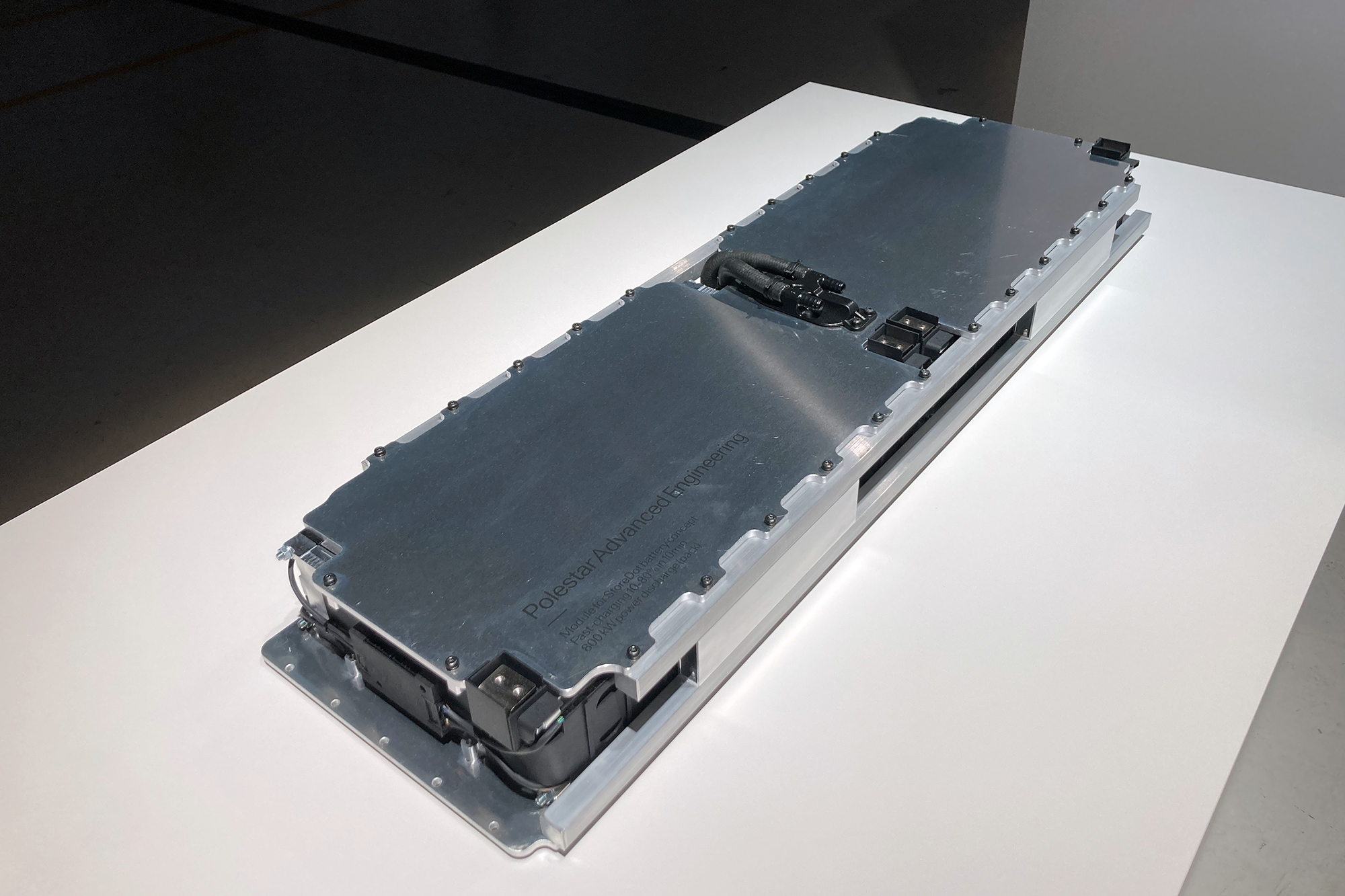
A StoreDot battery pack intended for a Polestar 5
Arlena Amiri, Polestar’s head of advanced engineering, works closely with multiple companies on technology not just for the cars, but for the Polestar 0 project, the brand’s goal of producing a completely carbon-neutral vehicle by 2030. It plans to eliminate all greenhouse gas emissions from every aspect of production, and that includes its suppliers. Even Polestar refers to it as its “moonshot,” but you can hear the passion in the voices of Amiri and other employees as they talk about working towards this goal with equally enthusiastic partners.
Read more: Emissions for Polestar production dropped in 2022
“As climate neutrality is really a new terrain, I don’t think any industry or company can walk that terrain alone,” she says. “We need to have that collaboration across the industry and share insights, knowledge, and expertise. And not only because of the collaboration spirit; because of the climate crisis, we don’t have that time or luxury to wait.
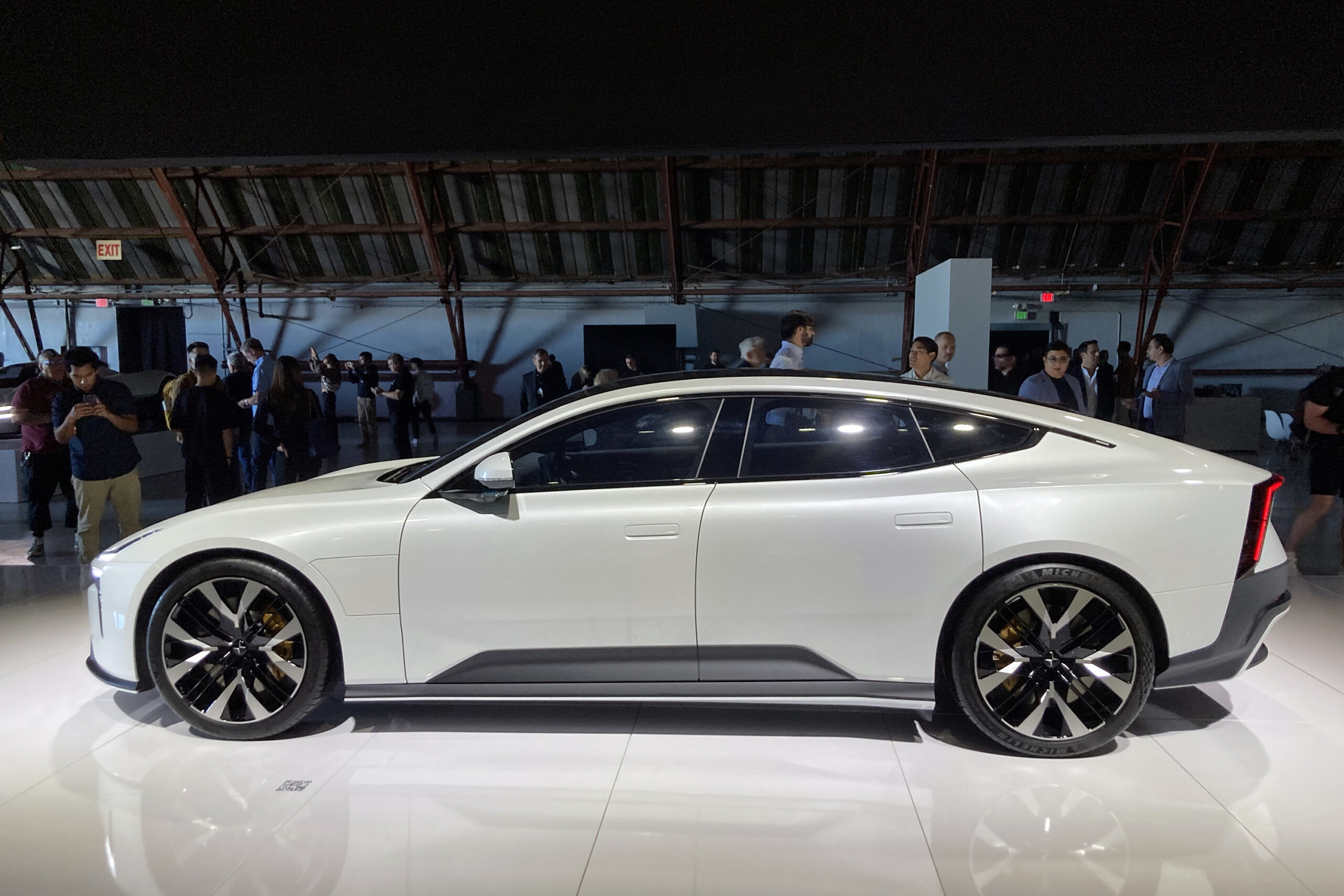
Polestar 5 at Polestar Day in Santa Monica, Calif.
“We need to partner up with universities, with startups,” she continues. “The people behind the startups are also the bold and brave who dare to explore alternatives, terrain that hasn’t been explored. And those are examples we have here today.”
And you may be surprised at how solutions to auto industry problems can be found across many different, seemingly unrelated industries. Ross Kelk is head of interiors R&D at the automaker; in trying to solve the issue of moulding a new fabric around seats and increasing its durability, his team looked to the fashion industry, where shoe companies had already found the answer.
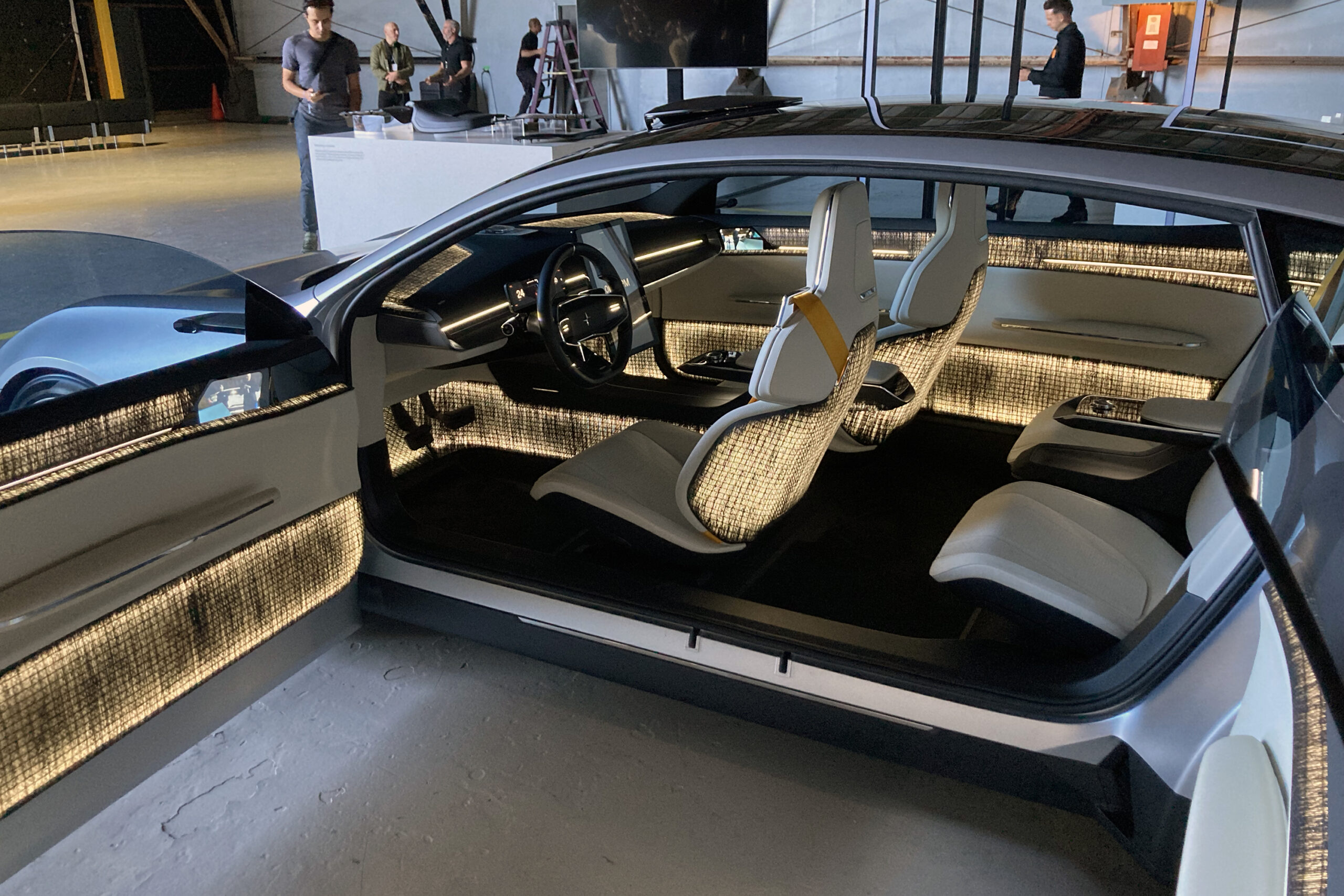
The interior of the Polestar Precept concept
“When we’re trying to solve a problem, one of the things we do is look for somebody else who’s already solving it,” he says. “Things we’ve learned and seen through collaborations, it would take us a long time to find that stuff out ourselves. People have collectively been learning about this for many years.”
Read more: Polestar sales jump 80% from last year
As CEO, Ingenlath seems to have plenty to balance when it comes to corralling and cultivating the technology needed to move Polestar from an EV builder to an industry innovator. And he uses an appropriate analogy in explaining how mixing the best people and companies together is the best way to achieve that goal.
“To be one of the great companies, you don’t have to be the biggest star at the event,” he says. “Like a great cook, you take the best ingredients and make an amazing meal. And that amazing meal is more than its individual components. It’s really the art of cooking.”
This article was originally published on AutoTrader.ca
Follow The Charge on Google News
